PPT-Adventures of
Author : min-jolicoeur | Published Date : 2016-05-10
Huckleberry Finn Mark Twain Mark Twain or Samuel Clemens Samuel Langhorne Clemens 18351910 Grew up in Hannibal Missouri on the bank of the Mississippi River At age
Presentation Embed Code
Download Presentation
Download Presentation The PPT/PDF document "Adventures of" is the property of its rightful owner. Permission is granted to download and print the materials on this website for personal, non-commercial use only, and to display it on your personal computer provided you do not modify the materials and that you retain all copyright notices contained in the materials. By downloading content from our website, you accept the terms of this agreement.
Adventures of: Transcript
Download Rules Of Document
"Adventures of"The content belongs to its owner. You may download and print it for personal use, without modification, and keep all copyright notices. By downloading, you agree to these terms.
Related Documents

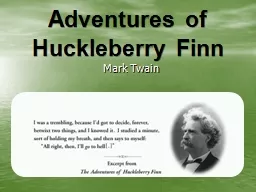

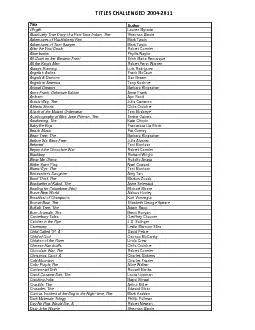
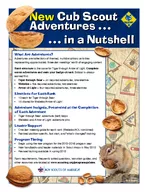


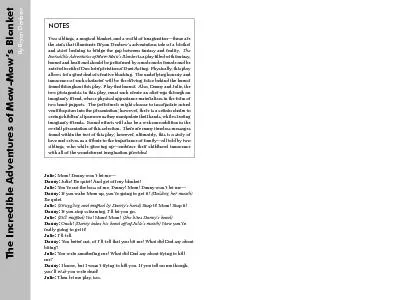
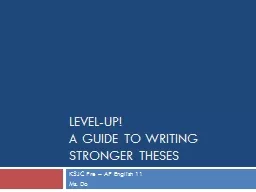
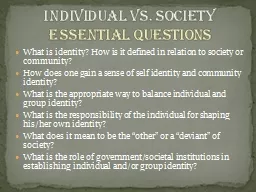
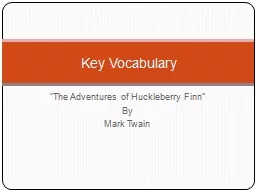

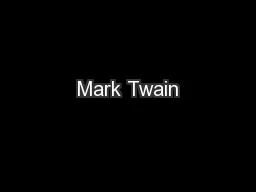

![[READING BOOK]-Adventures in Python (Adventures In ...)](https://thumbs.docslides.com/970586/reading-book-adventures-in-python-adventures-in.jpg)